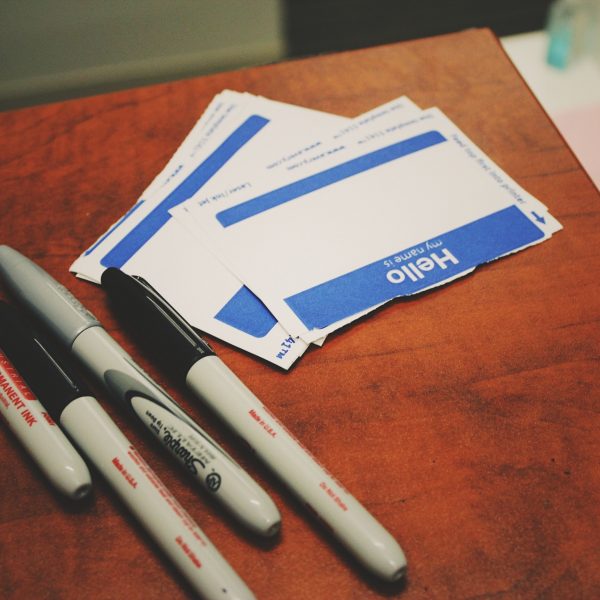US researcher dedicates post grad to learning about how educators use planning time

A PhD student from the University of Nebraska-Lincoln has dedicated her post graduate studies to learning more about the unique demands of early childhood teachers when it comes to planning time, exploring workplace support of planning/non-contact time — a widely overlooked portion of early childhood teachers’ (ECTs) workdays.
The motivation for Erin Hamel’s choice of study came from her personal experiences within the sector, and is driven by her belief that tasks undertaken when not working directly with children can be “just as essential to children’s learning and development,” as those that happen face to face.
Without formalised support, she believes, planning time may be sacrificed or interrupted as unexpected issues arise throughout the day.
Ms Hammel will use a one-year grant from the Buffett Early Childhood Institute’s Graduate Scholars program, to explore the important issue.
For the purposes of her work, non-contact time is considered as time an ECT spends away from children that enables them to address other work demands, such as crafting instruction plans, assessing children’s development and communicating with families.
“It occurred to me that we need to know more about what ECTs are doing with the time they have,” Ms Hamel said. “Time is a valuable resource we have to budget just like anything else, so we need to figure out how to effectively help directors and teachers allot and manage that.”
Her dissertation project will assess how much time ECTs actually have away from the children in their care, and how they use that time to address their work. Her research also aims to establish terminology for how to refer to such time in a teacher’s day, and to identify the factors and expectations that directors consider when allocating non-contact time.
“There simply isn’t much out there about planning time in early childhood education,” she said. “I want to know the current state of non-contact time in early childhood education and hopefully get some information out there to help inform decisions that support teachers.”
As in Australia, some parts of the United States are struggling with workforce shortages, and attracting and retaining ECTs. In Nebraska, where Ms Hamel’s work is being conducted, there is a predicted shortage of almost 8,000 early childhood teachers, making recruitment and retention of educators a core priority.
Ensuring supportive working conditions is one key ingredient to retaining ECTs, considered by many in the US as “an undervalued profession plagued with high turnover and lower pay,” mirroring the Australian experience.
Ms Hamel’s embedded, mixed-methods research design will survey participating directors and teachers in the National Association for the Education of Young Children programs. Using a publicly available National Association for the Education of Young Children database, she randomly selected 650 nationally accredited early childhood programs whose directors will receive requests to complete her online surveys.
The survey asks open-ended questions to get open-ended responses. One example: “Think about the last time you had non-contact time and tell me what you did.”
“I can then follow up with a list of what other teachers did with their non-contact time and ask them to check what they also do,” she added.
Data gathering was due for completion last month, with plans to publish the findings to provide some baseline information on what non-contact time is. Findings could potentially improve working conditions for ECTs, Ms Hamel said, which could bolster recruitment, retention and professionalisation of the early childhood workforce.
Ms Hamel’s body of research may be found here.
Popular

Quality
Practice
Provider
Research
Workforce
Honouring the quiet magic of early childhood
2025-07-11 09:15:00
by Fiona Alston

Quality
Practice
Provider
Research
Workforce
Rising star in early childhood named Aboriginal and Torres Strait Islander student of the year
2025-07-11 09:00:03
by Fiona Alston

Workforce
Policy
Quality
Practice
Provider
Research
ECEC must change now, our children can’t wait for another inquiry
2025-07-02 07:47:14
by Fiona Alston













